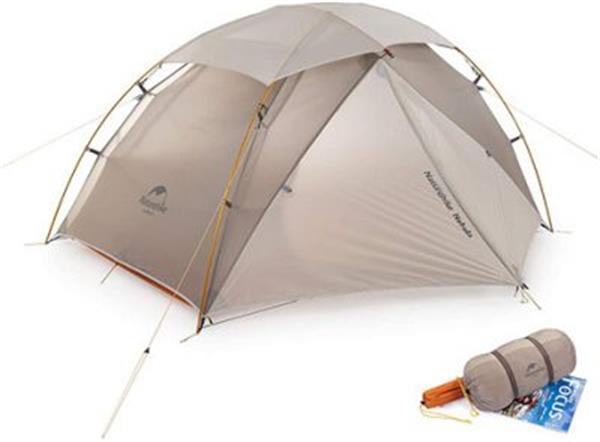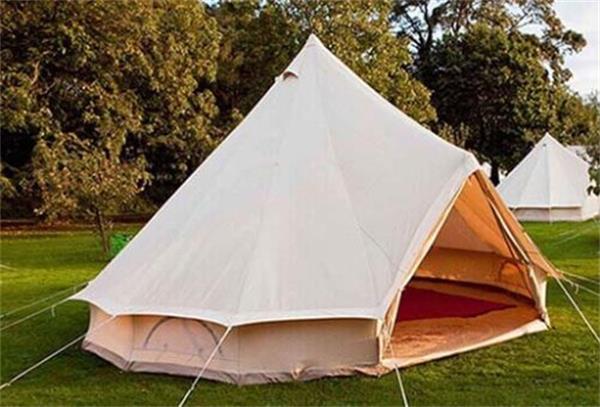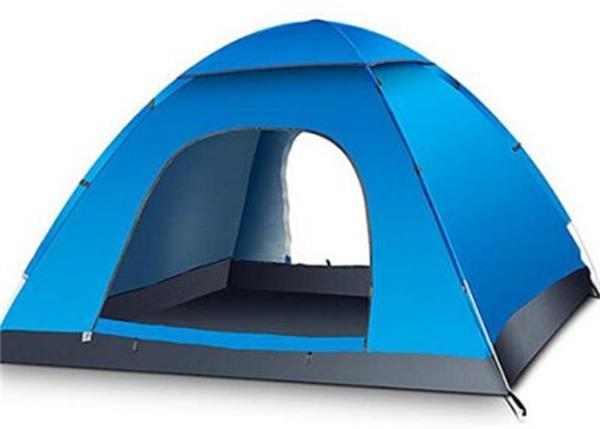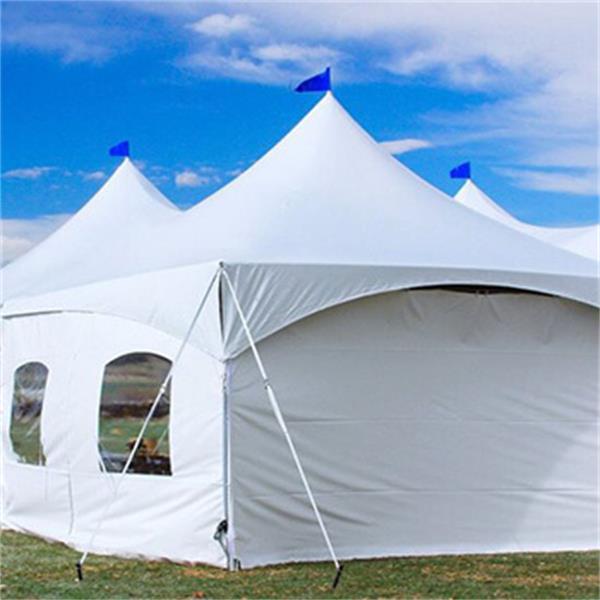The tent fabric is mainly divided into three parts: outer curtain fabric, inner curtain fabric, and bottom curtain fabric.

the scientific name is polyamide fiber, mainly including nylon 66 and nylon 6. It is named nylon in China, namely, nylon 66 and nylon 6. Nylon has strong tension, bright and smooth color, not easy to fade, soft texture, good strength, not easy to mold, and will not be eaten by insects. It has little moisture absorption and does not harden in case of freezing. It is the most widely used material at present.

it is waterproof and has a good heat insulation effect. It is not hot under the sun, but it is hard and heavy, easy to mold and fade. Its economic benefits are not as good as nylon, and it has been gradually eliminated.

the so-called TC fabric is the fabric blended with t (tetoron) and C (cotton). The warping part is woven with tedolon, and the weft part is woven with cotton yarn. It is synthesized into TC fabric. Therefore, it has both the characteristics of the two. It is wear-resistant, durable, strong, breathable, and solid. It is mainly used for large and medium-sized family accounts.
it is a blend of nylon and man-made fiber. Therefore, after synthesis, it has the common characteristics of nylon and man-made fiber. The cloth surface is smooth and has good air permeability, but its durability and strength are not as good as pure nylon. It is mostly used in cold weather. For example, in cold weather, when the door is closed, it must also be able to emit the water vapor in the tent, so as not to be too stuffy or too humid.
it is the product of the latest technology in the United States. It is breathable and waterproof, light weight, wear-resistant and durable, but the price is relatively expensive.
From the use point of view, the performance of nylon silk is better than that of cotton. When camping in the field, the tent is easy to absorb moisture, the cotton cloth is not easy to dry and mold, and the nylon silk is easy to dry and not easy to mold.
2. The main functions of the material at the bottom of the account are waterproof, moisture-proof and dust-proof
